INNOVATION
Sugarcane is a multi-faceted solution which can contribute to the creation of a low carbon economy. Thanks to our industry’s constant focus on innovation, sugarcane is the source of a great variety of products benefitting society and the environment.
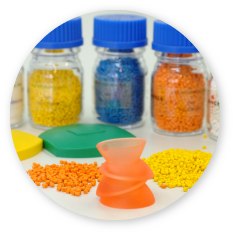
BIOPLASTIC
Ethanol, made from sugarcane, is used to produce a variety of different green plastics. As societies increasingly seek to reduce the consumption of single-use plastic items, sugarcane provides an alternative sustainable solution that reduces GHG emissions and is recyclable.
ETHANOL 2G
While first generation ethanol is made from the sucrose found in sugarcane juice and molasses, second generation ethanol, also known as cellulosic ethanol, is produced from fibers, or leftover sugarcane material. With new tecnologies, mills can increase biofuel production without increasing the land used for cultivation.
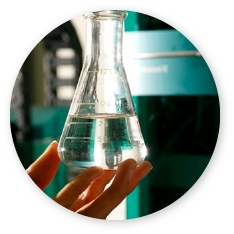
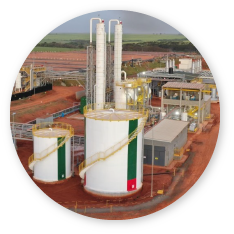
BIOGAS
Biogas originates from the anaerobic decomposition of organic matter. It is composed, on average, of 60% methane, and 40% CO2. In the case of the sugarcane sector, it is possible to produce biogas from vinasse, filter cake and even straw and bagasse, by-products or residues from sugarcane production. Biogas can be used to generate electricity (via motor generators or gas turbines), and can also be purified and transformed into biomethane.
BIOMETHANE
Biomethane originates from the biogas purification process, opening up a wider range in its use. It can be directly use in the existing gas infrastructure for various industrial and domestic uses. It can also be used as biofuel for light, medium or heavy vehicles with gas engines. In the case of the sugarcane production, biomethane engines are starting to replace the current diesel fleet of trucks and agricultural machines, providing substantial GHG reductions.
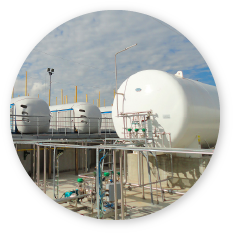
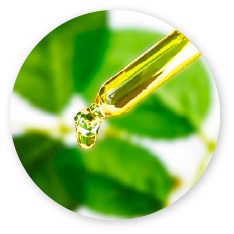
COSMETICS
The cosmetics industry can also benefit from sugarcane by-products. Beyond the use of bioplastics for packaging, there are many active ingredients extracted from sugarcane used in beauty products. An unexpected example of this is squalane, a highly demanded ingredient in cosmetics. This ingredient found in shark livers now has a humane, plant-based and sustainable alternative, as it is equally found in sugarcane.
FUEL-CELL
Having a strong biofuel supply chain guarantees sustainability of the transport matrix, offering consumers options such as the already marketed and affordable hybrid flex-fuel vehicles. In addition, new fuel cell vehicles that run on hydrogen extracted from liquid fuels will soon be on the market. The fuel-cell has a reformer that extracts hydrogen from biofuel, without generating GHG and other pollutants. The benefit of this type of vehicle is that it dispenses the large set of batteries. Electricity is generated in the car itself: a chemical reaction turns the hydrogen stored in the tank into electrical energy. Thus, the car is cheaper (the battery represents up to 40% of the cost of a vehicle), more sustainable (there is no complication related to the production and disposal of batteries) and the long delay of recharging is eliminated (just fill the tank with a liquid fuel as is done today).
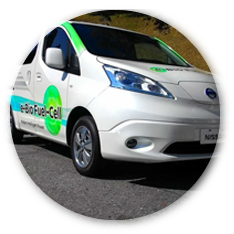

SUSTAINABLE AVIATION FUELS
The global aviation industry has set a goal of carbon-neutral growth and aims to reduce net aviation carbon emissions by 50% by 2050. Whilst it remains uncertain what impact COVID-19 will have on future commercial aviation, and subsequent CO2 emissions, Sustainable Aviation Fuels will remain a key pathway towards the decarbonisation of the sector. To tackle this global challenge, the International Civil Aviation Organisation (ICAO) Parties introduced a global market based measure, the Carbon Offsetting and Reduction Scheme for International Aviation (CORSIA). Amongst the eligible CORSIA sustainable fuels is farnesane, obtained from sugarcane ethanol (ASTM 7566). Farnesane is obtained biologically through sugar fermentation using biochemical conversion technology, namely the synthesised iso-paraffins (SIP) pathway. The decarbonisation value of this crop-based biofuel for sustainable aviation fuels has been endorsed by EU within the framework of CORSIA (24.1 gCO2e/MJ).
SUSTAINABILITY
THE BRAZILIAN
EXPERIENCE
A climate action roadmap for sustainable sugarcane
Sugarcane is a great source of renewable energy in the form of bioethanol, biogas, biomass and as a raw material for bioplastics and biomaterials
News

ITRE vote provides opportunity to confirm biofuels deserve seat at the table, but targets remain low
A clear opportunity to confirm why sustainable crop-based biofuels deserve their seat at the table, but targets continue to underplay their potential in the transport energy mix. UNICA welcomes the positive developments from the ITRE committee vote today regarding EU renewable energy policy.
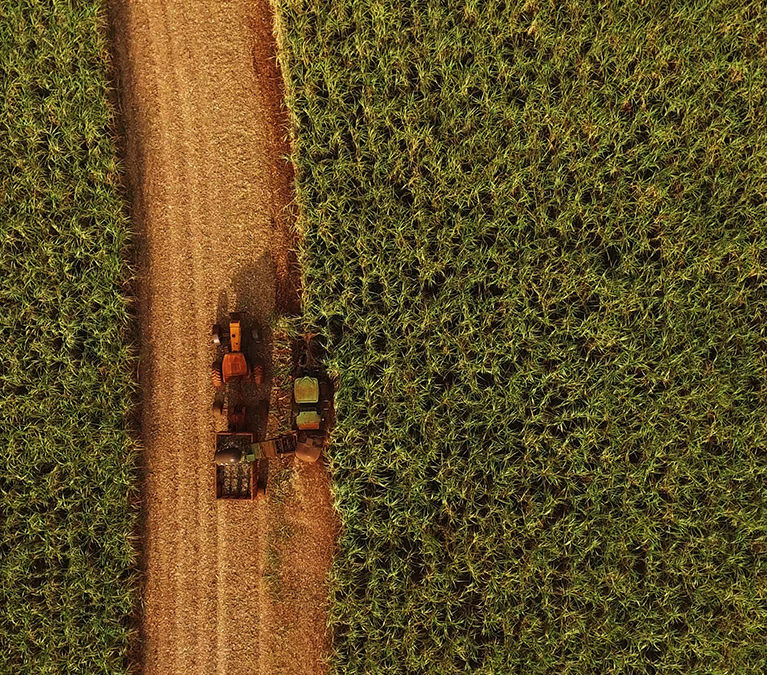
Sugarcane harvest for the second half of September 2021
Sugar production reached 2,32 million tons in the second half of September 2021. Since the beginning of the 2021/2022 harvest up to October 1st , accumulated sugar production reached 29,19 million tons while in the same period at 2020/2021 harvest season it was...
